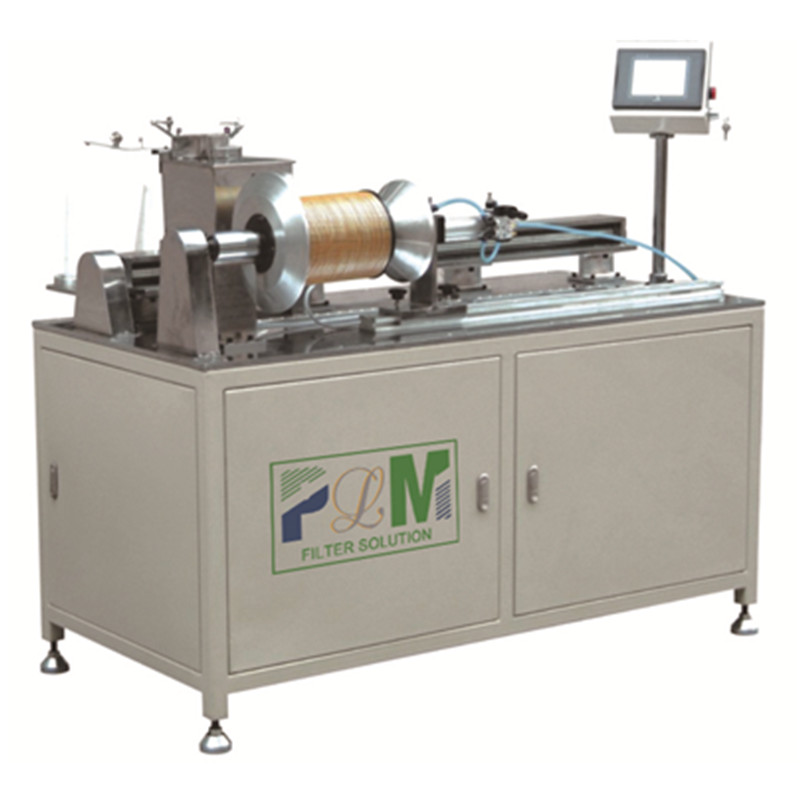ធ្នូ . 11, 2024 18:22 Back to list
hot melt glue
The Versatile World of Hot Melt Glue
Hot melt glue, also known as hot glue, represents a revolutionary adhesive technology that has transformed the way various industries approach bonding materials. With its quick-setting properties and diverse application range, hot melt glue has become an essential tool for manufacturers, artisans, and DIY enthusiasts alike.
What is Hot Melt Glue?
Hot melt glue is a thermoplastic adhesive that is applied in a molten state. Once heated to a specific temperature, the glue liquefies, allowing it to be easily applied to surfaces. Upon cooling, it solidifies to form a strong bond. One of the standout features of hot melt glue is that it sets rapidly, often within seconds, making it particularly useful for assembly processes where speed is crucial.
Composition and Types of Hot Melt Glue
Hot melt glue is typically composed of three main components a polymer base, a tackifying resin, and wax or other additives. The polymer is often derived from ethylene-vinyl acetate (EVA) or polyamide, while the resin enhances the adhesive properties and durability. The types of hot melt glue can vary widely based on their formulation, leading to different characteristics such as flexibility, melt viscosity, and heat resistance.
1. EVA Hot Melt Glue This is the most common type used in general purpose applications. It provides a strong bond to a variety of materials, including paper, cardboard, and some plastics.
2. Polyamide Hot Melt Glue Known for its thermal resistance, polyamide hot melt is perfect for industries requiring high-temperature applications, such as automotive and electronics.
3. Polyurethane Hot Melt Glue This type provides exceptional strength and flexibility. It is often used in construction, woodworking, and textile industries.
4. Pressure Sensitive Hot Melt This variant remains tacky even after setting and is used for labels, tapes, and packaging.
Applications in Various Industries
The versatility of hot melt glue spans across multiple industries, making it a go-to solution for many applications
.- Packaging Hot melt adhesives are widely used in the packaging industry to seal boxes, cartons, and products. Their fast setting time ensures efficiency in production lines.
hot melt glue

- Automotive In automotive manufacturing, hot melt glue is employed for assembling and bonding interior components, such as trim and upholstery, due to its strong adhesion and resistance to humidity.
- Construction and Furniture Hot melt glue is a preferred choice for bonding wood, laminates, and other materials in furniture production, offering strong and durable joints without the need for mechanical fasteners.
- Crafting and DIY Projects For hobbyists and artisans, hot glue guns provide an accessible and easy way to work with various materials, making it ideal for crafting, home decor, and repairs.
Advantages of Hot Melt Glue
1. Speed The rapid setting time provided by hot melt glue enhances productivity, making it ideal for high-volume production environments.
2. Versatility It bonds a wide range of materials, including wood, plastics, ceramics, and textiles, catering to diverse applications.
3. Finishing Quality Hot melt glue can create clean, aesthetically pleasing finishes, as it does not require clamping and can fill small gaps between surfaces.
4. Environmental Factors Many hot melt formulations are free from solvents, making them a more environmentally friendly option compared to traditional adhesives.
Challenges and Considerations
While hot melt glue has many advantages, it is essential to consider some challenges. The bond strength can be affected by surface cleanliness and material compatibility. Additionally, hot melt glue may not perform well in extreme cold or when exposed to prolonged moisture, so selecting the right type for specific applications is crucial.
Conclusion
In summary, hot melt glue represents a versatile and efficient adhesive solution that is indispensable across various sectors. Its rapid setting time, strong bonding capabilities, and wide-ranging applications make it an ideal choice for industrial use, crafting, and beyond. As technology advances, hot melt adhesives continue to evolve, promising even greater performance and application potential in the future.
-
OEM PLXB-1 PU Pack Trimming Machine - High Precision, Durable, Cost-Effective Solutions
NewsJun.10,2025
-
High-Performance In Line Fan Filter Trusted In Line Fan Filter Company & Products
NewsJun.10,2025
-
High-Efficiency Water Filter Making Machine Reliable Companies & Products
NewsJun.10,2025
-
Premium Metal Fuel Filter Durable & Efficient for Engine Protection
NewsJun.10,2025
-
Premium OEM 304 Rimmed Filter Disc Custom Stainless Steel Filters
NewsJun.10,2025
-
China PP Air Filter Production Line Automated & High-Efficiency Solutions
NewsJun.10,2025
